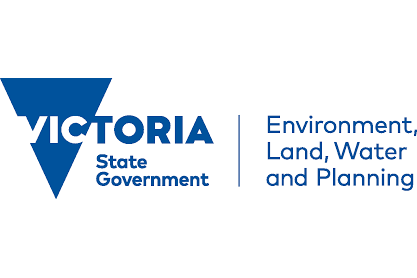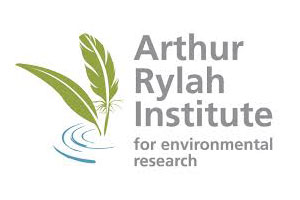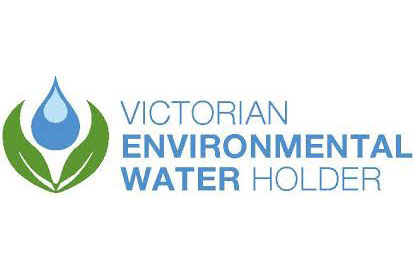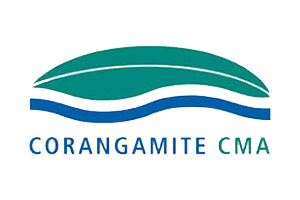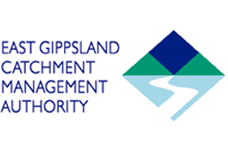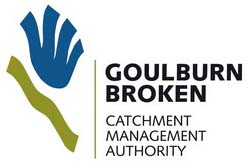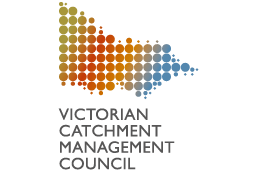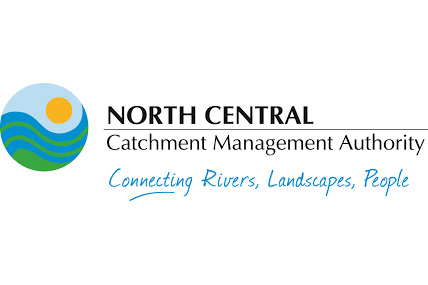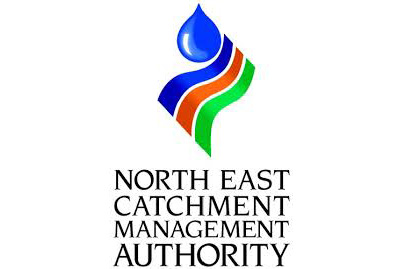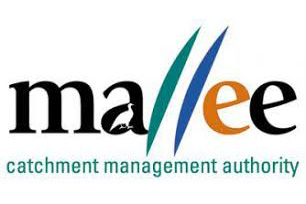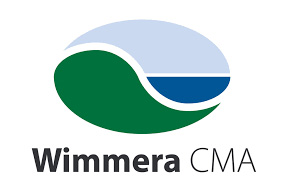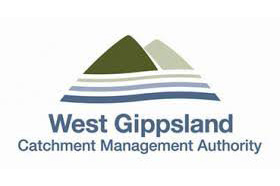
Riparian
Riparian areas adjoin rivers, creeks, estuaries, lakes and wetlands, and can range in width from a narrow strip to a wide corridor and are often the only remnant vegetation in highly modified landscapes. This land is valued for its environmental roles in providing habitat for animals and plant and representing important corridors within the landscape. It is also important for agriculture, particularly for grazing or providing access to water for stock, and provides for many recreational and tourism activities including swimming, fishing and bushwalking. Riparian land also supports cultural values, especially sites of significance to Traditional Owners.
Riparian areas provides organic matter and woody habitat for waterways which supports aquatic invertebrates and nutrient cycling; improves water quality by filtering out sediments, nutrients and pathogens from run-off from many land use practices; stabilises riverbanks to reduce erosion; provides shade to help regulate water temperature; and provides for carbon storage. These features improve the health of waterways and reduce the risk of algal blooms, thereby improving opportunities for recreational and fishing activities. The width, connectivity, quality, quantity and structure of vegetation all influence its ability to provide environmental benefits.
Threats to riparian land include stock access (which trample and erode banks, and contaminate water), recreational pressure, weeds, unmanaged vehicle access and stream crossings, rubbish dumping, urban development, firewood collection and some agricultural practices.
(See DELWP – Riparian Land for further info)
Managing Riparian Land
Riparian land may be either public land – Crown water frontages – or privately owned, and there are many stakeholders involved in its management. DELWP is responsible for overall management of Crown frontages, and provides funding associated with riparian management programs through Catchment Management Authorities. CMAs and Melbourne Water play a role in maintaining and improving riparian land through partnerships with landholders and a range of community groups. Some Crown riparian land is also managed by committees of management, Parks Victoria and other agencies. Traditional Owners may play a role in riparian management on Crown land, particularly through joint and co-operative management agreements. Other agencies also play a role and have an interest in riparian management, such as rural water corporations through the authorisation of the use of water for stock, local government through enforcing various local laws. Many community groups such as Landcare, and interest groups such as recreational anglers have a strong interest in habitat rehabilitation programs.
The Victorian Waterway Management Strategy provides the overarching framework for government, in partnership with the community, to maintain and improve the environmental condition of priority public and private riparian land. It includes policies, principles and actions related to the management of riparian land.
Regional management of riparian land is integrated through Regional Waterway Strategies developed and implemented by CMAs, which identify high value sites and priority management activities. The priority riparian management activities include fencing, revegetation, weed and pest animal management and off-stream watering infrastructure. Th Regional Riparian Action Plan builds on the RWSs, outlining the riparian management outcomes and aspirational targets to be achieved between 2015 and 2020. The Water for Victoria also emphasises a focus and funding support for riparian restoration efforts. There is an Angler Riparian Partnerships Program which involves a partnership between CMAs and recreational angling groups to deliver riparian improvement works in areas of local priority for anglers.
Key Projects, Research and Monitoring
- The Riparian Intervention Monitoring Program (RIMP) aims to demonstrate the impact and effectiveness of riparian investments across the state, and test and update our understanding of the relationships between management activities and environmental responses.
- Tracking woody vegetation change using LiDAR capture
Refer to DELWP Water and Catchments, Riparian Land, for a suite of resources including various investigations, tools and guidelines, and information sheets about a range of riparian issues. These include management of grazing, willows, and fencing.
There are also several long-term programs monitoring the responses of riparian areas to delivery of environmental water.
- Condition and Intervention Monitoring programs within The Living Murray (TLM) – manages environmental water across TLM Icon sites. To improve the ecological condition of significant forests, wetlands and lakes along the River Murray as part of helping to deliver the Basin Plan objectives and outcomes.
- Long-term Intervention Monitoring (LTIM)- to evaluate ecological outcomes of Commonwealth environmental watering at each of seven Selected Areas and evaluate the contribution of Commonwealth environmental watering to the objectives of the MDBA’s Environmental Watering Plan.
- Victorian Environmental Flows Monitoring and Assessment Program (VEFMAP) – to enable DELWP and its water delivery partners to clearly demonstrate ecological outcomes of environmental water management, to identify ecosystem outcomes from environmental water to help meet Victoria’s obligations under the Basin Plan, and to fill knowledge gaps to improve planning, delivery and evaluation of environmental water management in rivers and wetlands across Victoria.
